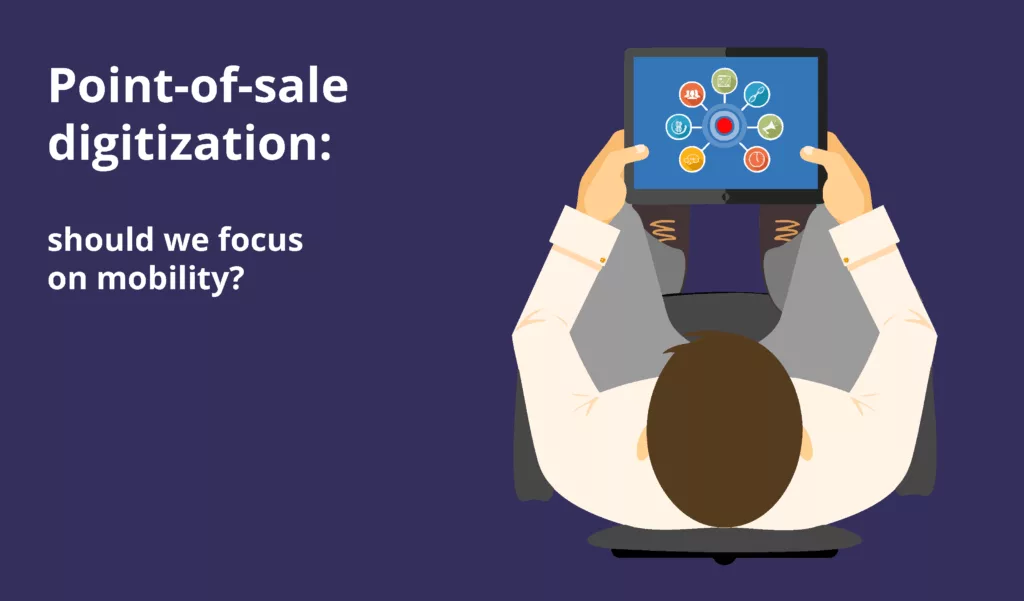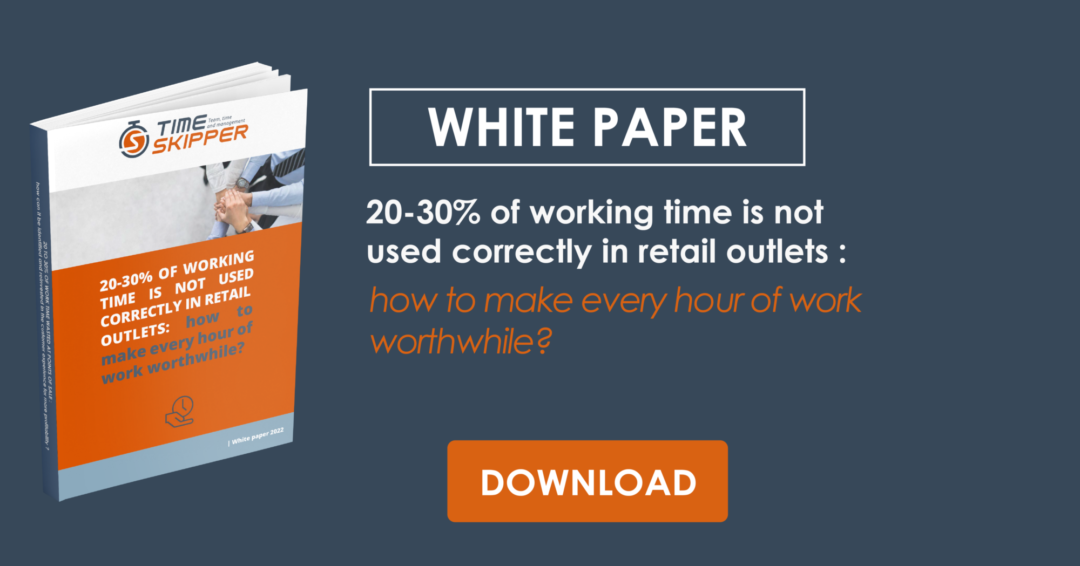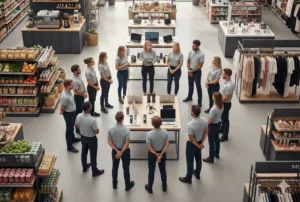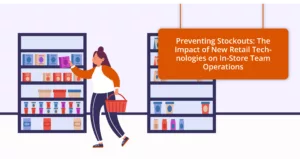Mobility has been a hot topic for two decades… and what a journey it’s been!
What started as a tech revolution sparked by the arrival of in-store Wi-Fi has gradually evolved into real-life trials on the shop floor, some successful, others not so much. In specialty retail, mobility now enhances the customer experience; in food retail, it boosts team efficiency.
And yet, 20 years on, many store associates still don’t have access to personal mobile devices… even though they’re a game-changing opportunity right at retailers’ fingertips.
Curious to know why and how to take the leap? We break it all down, no fluff, in this article.
In-store mobility: what’s really behind the buzzword?
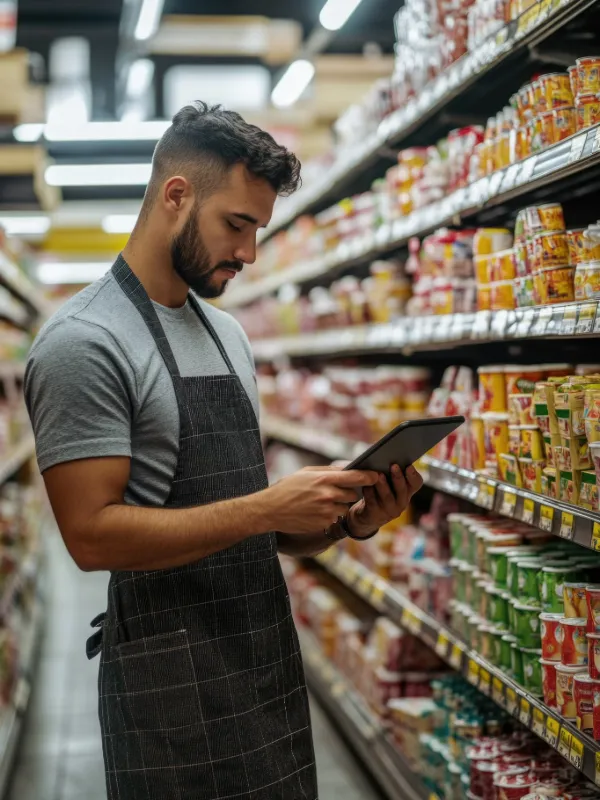
In-store mobility means equipping employees with mobile tools. These devices are connected in real time to the store’s and/or the brand’s information systems (stock management, product catalogues, customer databases, order tracking, etc.) and are designed to make employees’ work easier right on the shop floor. No more being tied to a fixed workstation.
They become “augmented employees” able to wear multiple hats. With a mobile device connected to the CRM, they become “expert advisors”, delivering tailored answers and recommendations to customers. On the operational side, they shift into the role of a “responsive team member”, alerted instantly to unexpected issues or anomalies enabling them to act fast and avoid dissatisfaction or revenue loss.
In short, mobility ensures that everyone has the right level of information, right where and when it matters allowing for smarter decisions and better recommendations. Depending on the role they’re playing at any given moment, employees constantly juggle relevance and efficiency, across every stage of the customer journey and store operations.
Mobility and customer satisfaction: a perfect match?
Unsurprisingly, the customer is the first to benefit from in-store mobility… but not across the board!
While mobility has clearly transformed some of the biggest pain points in the shopping journey like checkout queues or stockouts the promise of personalised advice through a mobile device hasn’t always lived up to expectations.
On paper, the idea is compelling: a sales associate who can instantly recognise the customer, access their purchase history, and offer tailored recommendations all from a tablet.
But in practice, this scenario can sometimes backfire.
Why? Because interrupting a conversation to ask for a phone number or email address, or spending too much time scanning through endless CRM data, ends up breaking the human connection. And that connection is precisely what makes in-store advice so powerful.
When it comes to stock and logistics, however, mobility continues to work wonders.
Gone are the days of back-and-forth trips to the stockroom to check availability or sizing. With a mobile device in hand, the associate has real-time access to inventory. They can instantly confirm whether a product is available in-store, at a nearby location, or in the central warehouse.
“No” is no longer part of their vocabulary. Thanks to the endless aisle concept, they can order an out-of-stock item and have it delivered directly to the customer saving a sale that might otherwise have been lost.
When it comes to payment, things have come a long way too.
While Apple has done away with traditional checkouts in favor of mobile payment, other retailers like Fnac have opted for a more hybrid approach: fixed payment stations still exist, but they’re always paired with a sales advisor.
It’s proof that mobility isn’t meant to replace everything, but rather to enhance the overall customer experience.

From data to action: how mobility helps orchestrate in-store operations?
The rise of data in stores has brought with it a wave of new tasks, often triggered by specialized players like VusionGroup, Pricer, or Hanshow.
This surge in information to process creates a major challenge: how can we coordinate all these data-driven actions and ensure their proper execution on the shop floor?
That’s precisely where TimeSkipper, an activity management solution, steps up to a whole new level. Originally designed to help managers optimize scheduling, TimeSkipper now expands onto employees’ mobile devices to coordinate this new wave of data actions.
In practical terms, each employee can access their personal schedule and a dynamic “to-do list” directly from their device. Managers can assign tasks individually or release them into a collective task pool, where team members can pick them up based on availability and priority.
This system brings a new sense of agility to in-store operations.
It allows managers to instantly turn insights from data tools into concrete tasks, assign them in real time to team members, and monitor their execution with precision. To ensure flawless execution and tracking of these actions on the ground, TimeSkipper has partnered with a major mobility player: Zebra.
Because in the end, data alone doesn’t create value, it’s the ability to turn it into fast, effective action that makes all the difference. By orchestrating data-driven tasks and using mobility as a driver of reactivity, TimeSkipper ensures every insight leads to real, measurable impact in the field.
Mobility as a driver of employee engagement and autonomy
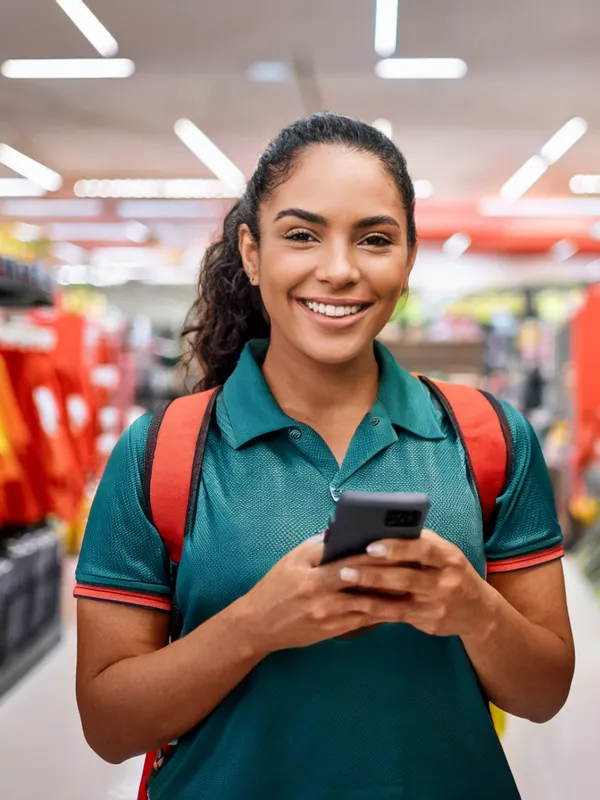
In-store mobility is more than just a tech upgrade it’s a powerful lever for boosting employee motivation and engagement.
By equipping teams with tablets or mobile devices, retailers reduce common frustrations like back-and-forth trips to the stockroom or the inability to answer customer questions on the spot. According to a ZEBRA study, 73% of store associates say that mobile technology helps them assist more customers and deliver a better shopping experience.
But the impact goes even further: mobility transforms the employee’s role.
The associate is no longer a simple executor but a valued expert advisor, with real-time access to stock levels, product details, and customer history.
Solutions like TimeSkipper also pave the way for greater flexibility in organizing daily work. Employees gain more autonomy and accountability in managing their priorities and tasks.
The result? Faster problem-solving, easier collaboration, a better customer experience and a daily work life that truly improves
And it shows:
- Around 8% reduction in turnover (1)
- More confident, empowered employees
- Service quality that reflects positively on the brand image
(1)https://www.zebra.com/us/en/blog/posts/2023/3-ways-to-transform-retail-stores-without-ripping-replacing-anything.html
Conclusion: ready for the mobile revolution?
Equipping store associates with mobile devices unlocks a dual performance boost on the shop floor: an enhanced customer experience, powered by seamless service and expert advice and a greater operational efficiency, where data is instantly turned into action.
By putting an “augmented employee” more autonomous and responsive at the heart of this transformation, mobility becomes the key driver for both customer satisfaction and team engagement.
So, the real question is: what are you waiting for?
